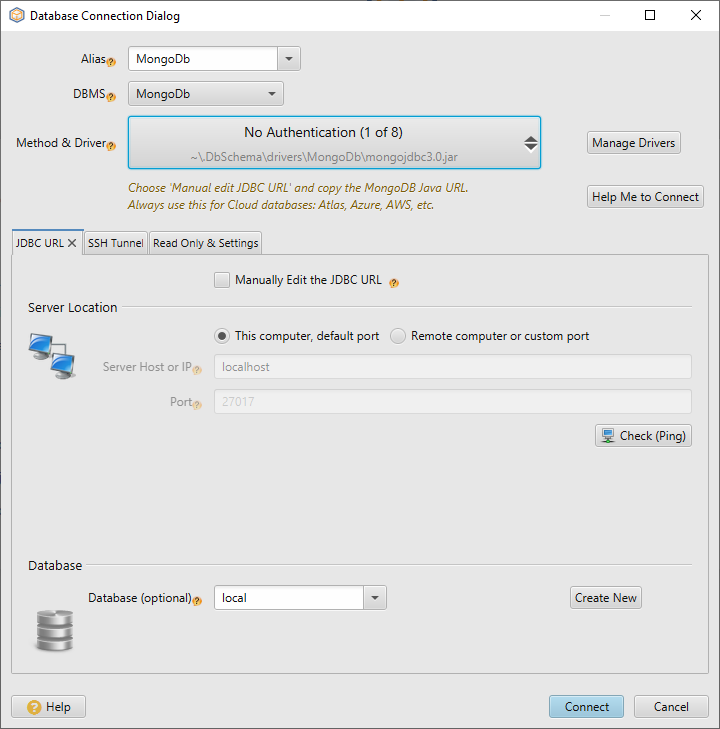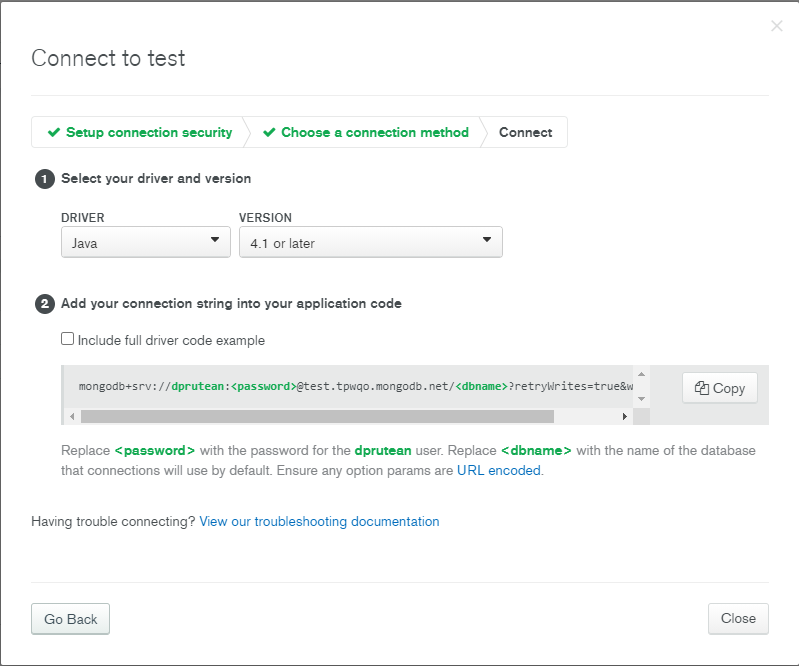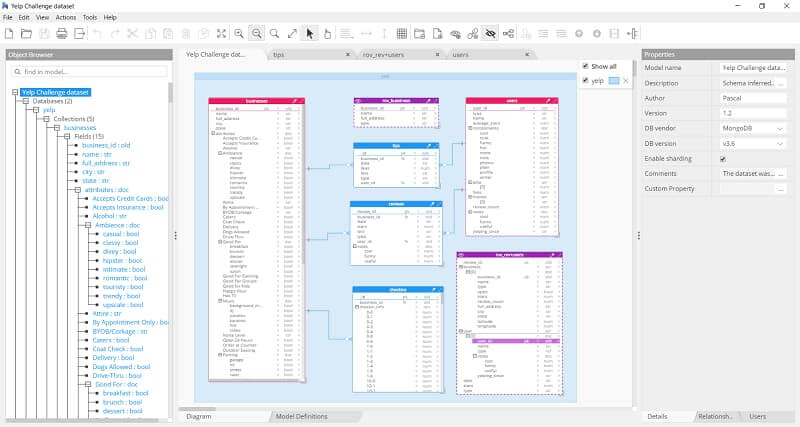

To access areas where MongoDB field specifics can be modified, click the arrow icon left to the field name. Note: Both the settings are also displayed in the graphical representatives in your diagrams. NN – represents the required field (not null) The following abbreviations are used on the form: Specify new field name, datatype and click Add. In section Fields, you can add new fields to collections to your MongoDB schema design.

For example caped collection, validation level, etc. In section Details, collection settings can be specified. fields definition, for the specification of before and after scripts sections and so on. One of the advantages of using modal forms is the possibility to use the larger area for e.g. If you prefer modal dialogs, double click an item on the diagram or open popup and choose Edit:Ī modal form opens and you can navigate to an appropriate section by clicking a particular tab on the form. In case you make a mistake, use UNDO to revert the changes back to the previous state. There is no need to confirm changes, all modifications are stored to the model automatically. You can edit MongoDB collection properties via the Right Side panel, where all necessary settings can be easily specified. To add new MongoDB collection to your design, click the Collection item on the toolbar and then click the main diagram area.Ī new graphical representative appears in the diagram. Start adding new objects to your diagram, you can add the following MongoDB specific items to your design: Collections, Documents, References, Views, Functions, and Other objects. A new project is created and you can start modeling your database structure.

Select MongoDB project type and click Create a new project. To create a new project in Moon Modeler click the New item on the toolbar. The MongoDB schema design article is divided into the following sections: Easily design new tables, generate HTML5 documentation, explore and edit the database data, compare and synchronize the schema over multiple databases, edit and execute SQL, generate random data.ĭbVisualizer and DbSchema can be primarily classified as "Database" tools.The following text explains how to design a new database structure for MongoDB. It helps you design, document and manage databases without having to be a SQL pro. On the other hand, DbSchema is detailed as " Database design and administration GUI". It is the ultimate solution since the same tool can be used on all major operating systems accessing a wide range of databases. It is the universal database tool for developers, DBAs and analysts.

DbVisualizer vs DbSchema: What are the differences?ĭevelopers describe DbVisualizer as " Database tool for developers, DBAs and analysts".


 0 kommentar(er)
0 kommentar(er)
